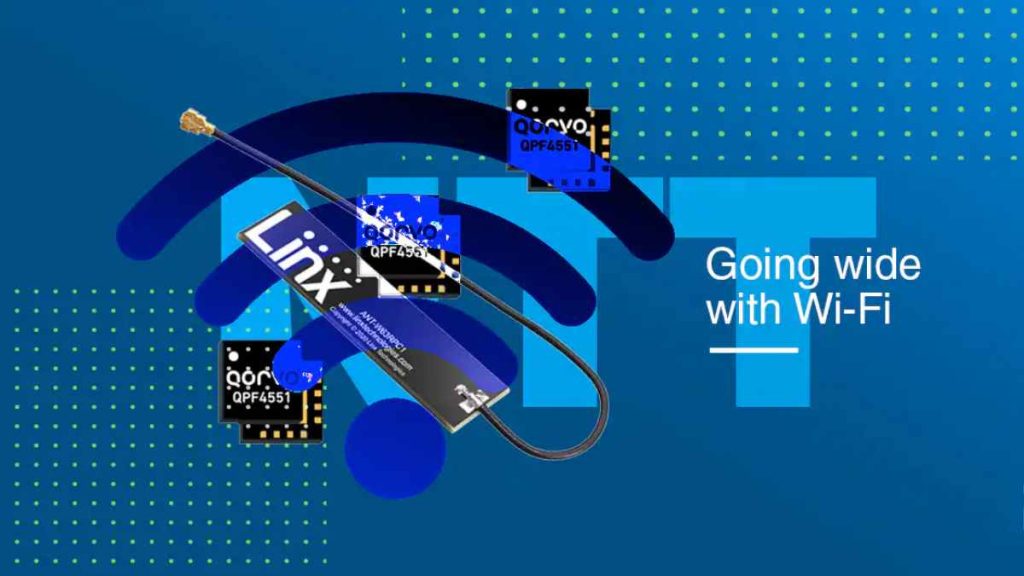Innovations in connectivity are no longer an option, but rather a necessity in the highly globalized world. In a bid to gain better connectivity, the world has embraced IoT (Internet of Things) connectivity. And now the time has come for IoT connectivity to enter an important stage of evolution through Wi-Fi 6. Wondering what exactly is Wi-Fi 6 and how it helps? Read on!
What exactly is IoT Connectivity?
Contents
Typically, IoT connectivity refers to the methods used for connecting different IoT devices. You use a host of things like network routers, gateways, trackers, sensors, and applications to connect these devices. But that’s not what connectivity is all about in the IoT technology sector.
The term also denotes the particular smart edge IoT network solutions that are leveraged to power and run that connectivity. As such, it comprises three major elements – power consumption, speed (bandwidth capacity), and coverage range.
Elements of IoT Ecosystem: The trio of IoT Connectivity
Any good IoT connection has to fine-tune and get the following three elements right:
- Power consumption – When the aim is to ensure longevity, you need something that goes easy on the power.
- Speed (bandwidth) – Consuming a ton of data isn’t the way to go. It has to effectively receive and process the necessary amount of data to meet consumer needs.
- Coverage range – When the devices are spanning quite a distance, the coverage range of the network has to be accommodating enough.
Ideally, the best connectivity option would need very little power, have an extremely high bandwidth, and an extensive range. But such a perfect combination of three elements is hard to find. So, what can be the solution to enhance the operations while causing the minimal lag in the three elements and upholding communication protocols?
IEEE 802.11ax: Taking IoT Connectivity to the Next Level
IEEE 802.11ax, commonly known as Wifi 6, comes with the promise to rectify the issues that have curtailed a wider adoption of IoT. It is especially meant to address the needs of denser deployments – including industrial and public requirements. Though the new version has a lot of improved features, the most attention grabbing ones are its spectral and throughput efficiency. These are the elements that are going to ensure better network connections, without affecting the strength and consistency of service.
For instance, in terms of addressing the bandwidth issues, devices will run on less than a single channel bandwidth. They will still have better capacity because they are going to share bandwidth with a couple of other devices on the same network. An additional benefit to this will be faster exchange of response between the connected units.
If 5G connectivity seems impressive to you, Wi-Fi 6 will appeal to you even more. After all, it can easily handle larger sensor networks that have hundreds of connected devices.
Wider adoption of Wi-Fi 6 is certainly going to change the way industrial and public connectivity is viewed. The results will benefit thishyper-connected world in terms of cost-savings, better bandwidth, power savings, and fewer operational glitches.


